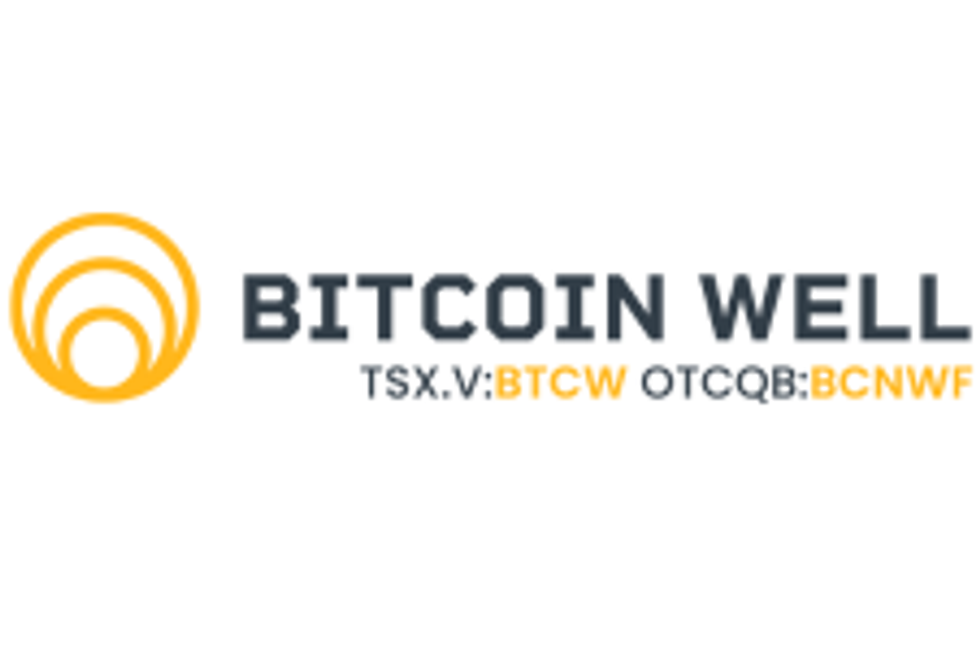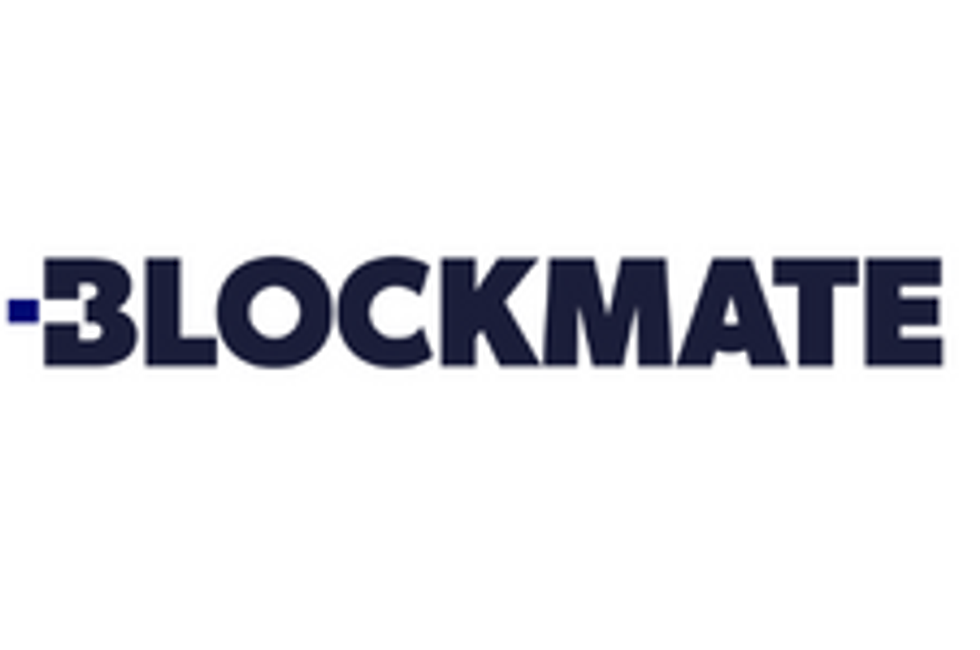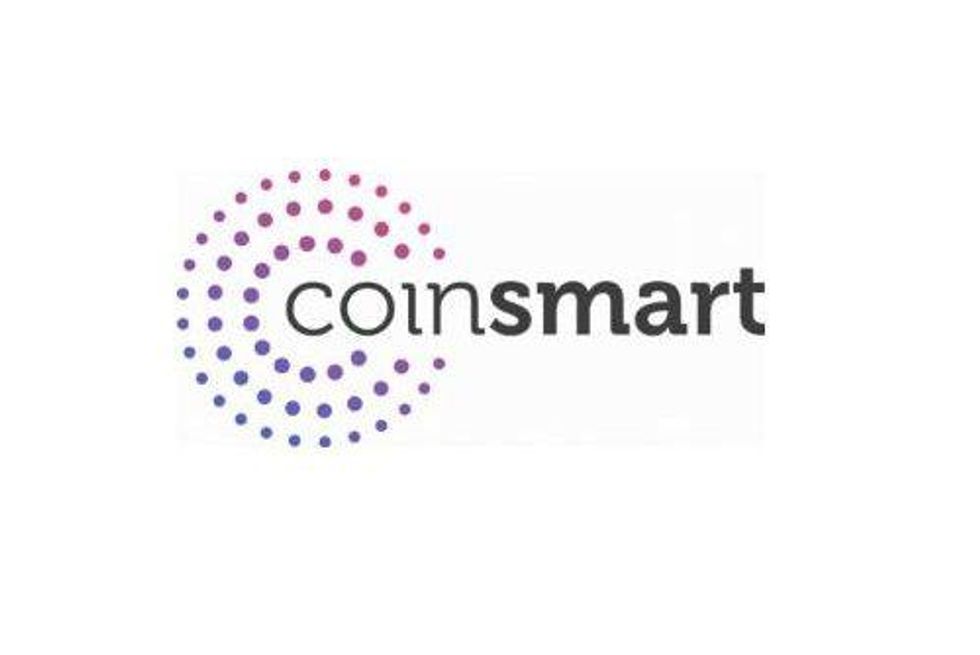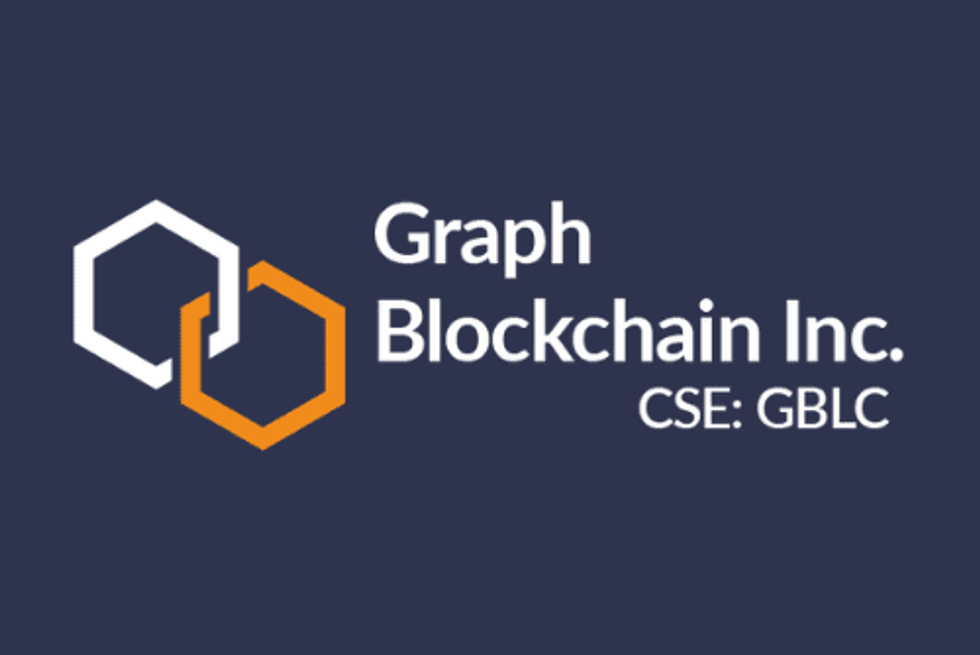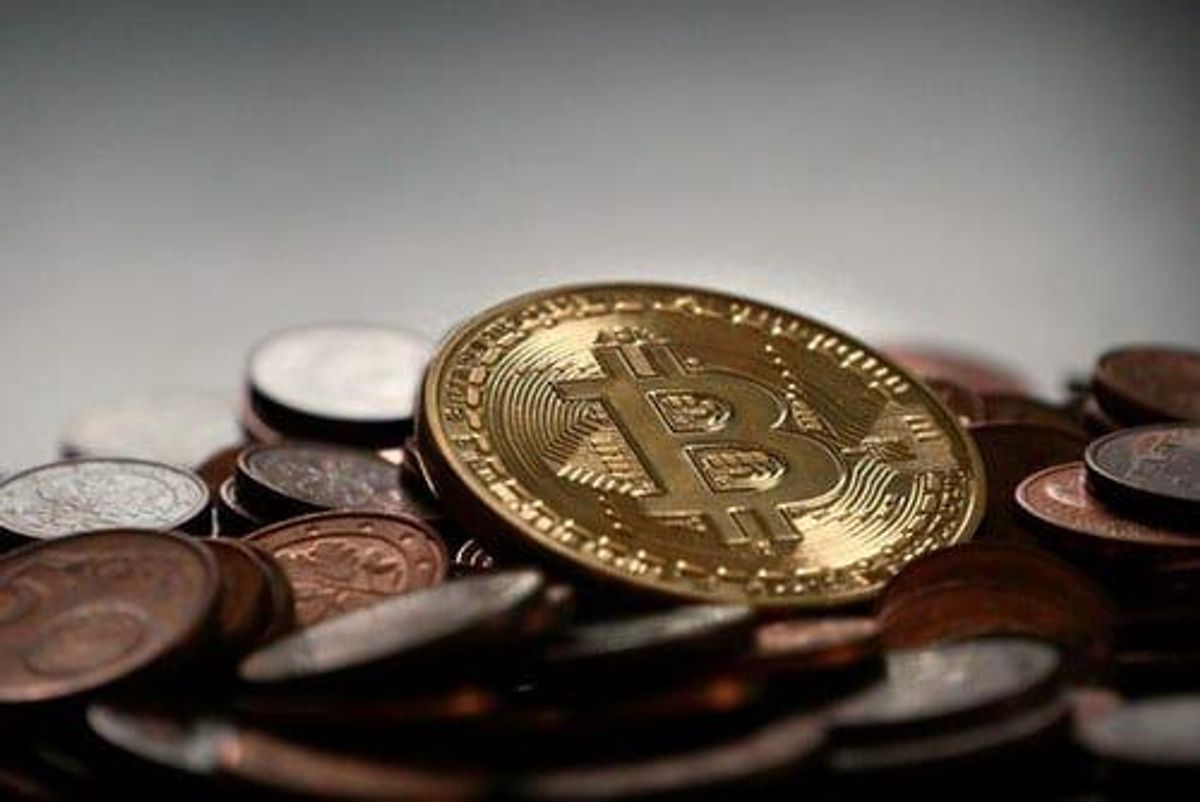
In this blockchain update, INN highlights the major trends that took place over the third quarter, from hedging to institutionalization.
Click here to read the latest blockchain update.
After ascending to a high of US$13,796 on June 26 in the second quarter, bitcoin prices tilted downward in Q3, reaching US$8,253 on September 30 — once again falling under US$10,000.
Overall, bitcoin has decreased over 30 percent in price since June, despite large increases in trading and futures volumes. Altcoins have dropped even further, declining by as much as 50 percent, David Martin, chief investment officer at Blockforce Capital, told the Investing News Network (INN).
“One of the key narratives that I’ve seen is that altcoins — so anything but bitcoin — saw a great asset appreciation at the beginning of the year,” he said. “Then bitcoin went on a parabolic run from April to the end of June, where it outperformed every other asset by far, (by) 100 percent plus.”
Institutionalization, research and enterprise applications in blockchain have emerged as key trends over the quarter. Here INN takes a look at some of the noteworthy events that took place during the period and provides an outlook for the industry moving into the final quarter of the year.
Blockchain market update: Growing institutionalization
Over the third quarter, institutional interest in blockchain became a prominent fixture as both trading volumes and futures interest increased for virtual assets.
“You see large, enterprise-level companies, like Facebook (NASDAQ:FB), entering in and talking about doing crypto. Then you see governments like China issuing a digitized version of currency,” Martin explained. “You’ve got VanEck, in partnership with SolidX, issuing, basically, a workaround to an exchange-traded fund.”
Along with this, Bakkt launched the delivery of physical futures products in late September, providing the infrastructure for institutions to enter the blockchain futures marketplace. Bakkt partnered with the ICE Futures Exchange following approval from the Commodity Futures Trading Commission.
“It’s actually unbelievable to me how quickly this industry has adapted to the institutionalization effort versus what we’ve seen previously,” said Martin.
Bitcoin futures volumes have spiked since June, nearing record heights in September. A total of US$4 billion in bitcoin futures were exchanged over the month, Blockforce Capital reported.
Blockchain market update: BinanceUS launches
In September, one of the largest crypto exchanges in the world, Binance, launched BinanceUS. It began accepting US account registrations after receiving regulatory approvals in mid-September. Coinbase, another leading crypto exchange, is among its primary competitors. Binance has issued a utility token that can be used across a number of use cases.
“You use the Binance tokens to pay for trading commissions, and if you use your Binance token versus, say, dollars, then you get a discount on trading commissions,” said Martin. “It actually has utility value (and) has a tangible use case that’s been in effect now for over two years.”
Blockchain market update: Short-term VIX correlations
With traditional financial markets marked with turbulence amid continued US-China trade turmoil, global negative-yielding bonds reached a value of US$15 trillion in August.
Research from Grayscale Investments suggests that bitcoin may serve as a hedge against fear and turmoil in the markets. Additionally, in August, Blockforce Capital released a report showing that bitcoin may have short-term correlations with the CBOE Volatility Index (VIX).
“As currency is getting devalued, people are buying bitcoin to help curb that inflationary aspect,” said Martin. “(As) singular events led the VIX to spike above 20, you get a higher correlation (in bitcoin) that is pretty significant.”
Blockchain market update: Enterprise advancements
The enterprise side of blockchain also continued to make inroads during the third quarter. JB Kuppe, senior vice president of marketing at Boardwalktech (TSXV:BWLK), discussed with INN how multi-party exchanges in blockchain are helping enterprise solve a pain point in data exchange efficiencies.
“All of our customers have had a historical concern that says, ‘Hey, we don’t have competence in the history of this data exchange that we have between our partners or between ourselves,” said Kuppe. Boardwalktech works with immutability in data exchange with several Fortune 500 companies.
Despite the operational advantage, many enterprise blockchain companies are still mistaken for cryptocurrency firms. “We’ve been providing digital ledger technology for over 10 years, but there’s never really been a name associated with the technology, not in terms of how it’s used in the context of the enterprise stack,” said Kuppe.
2019 has been characterized by increased blockchain use cases and enterprise blockchain applications, making it stand in contrast to the crypto winter seen in 2018.
“It’s kind of moved away from this startup, fly-by-night cryptocurrency focus — things that we were seeing even a year ago — and more towards the practical applications of blockchain,” Kristi LaVeau, an associate with Much Shelist, told INN. But even though it’s been nearly two years since the meteoric rise of bitcoin in 2017, stigma still remains.
“I think overcoming that stigma and getting everyone to take blockchain seriously as its own software solution that can be utilized in regular situations — it’s going to be a difficulty,” said LaVeau.
Kuppe further explained that enterprise multi-party applications are notable in manufacturing, retail and insurance industries for two primary reasons: reconciliation and alignment.
“People have better visibility into exactly what’s being transacted,” said Kuppe. “If the blockchain ledger is set up correctly, then all that falls into place because there’s this immutable chain of these transactions that can be verified and trusted.”
Blockchain market update: Beyond Q2 2019
Looking forward, both the crypto space and the enterprise level of blockchain continue to attract attention for myriad reasons.
The first is that bitcoin is gaining more investor attention as a store of value. As certain currencies decline in value, bitcoin can serve as a hedge, Martin explained to INN.
“If inflation doesn’t curb and stays under control, then I think that you have this potential where you see these events like you saw with the Chinese yuan,” said Martin. “The dollar purchasing power could erode and people start looking at bitcoin more for that deflationary aspect that it has built into its nature.”
The gold price has risen nearly 16 percent in six months, and some investors are searching for alternative investments to stocks and bonds.
“People are seeing the ability to have another asset that isn’t really tied to a country, and I think that’s what is driving a lot of interest in the space,” said Martin.
Still, regulation in the space has yet to be substantive. “I think we’re going to see more regulations come out of the Securities and Exchange Commission (SEC). I think we are going to see the SEC come out with something a little stronger than just the framework that they circulated in the spring,” said LaVeau.
In spite of slow regulatory advancements, innovation in blockchain technology is projected to continue.
“There’s specifically the companies who are now in series C stage or series D stage, and they’re more established and they’re getting their legs under them,” said LaVeau. “They’re hiring and coming up with these enterprise solutions, and we’re going to see a lot more of that happening.”
Blockchain market update: Investor takeaway
With the final quarter of 2019 already underway, there are some core features driving the blockchain ecosystem: transaction volume, network utilization and institutionalization.
“The important thing to note is that transaction volume continues to grow on the network, hash rates continue to go to an all-time high and people are utilizing the network more every day,” said Martin.
Using collaborative networks on an enterprise level is another characteristic that defines blockchain technology. Whereas previous methods of data exchange operated in silos, there is now an immutable and shared exchange of data, said Kuppe. This, in turn, is improving returns on investment and increasing operational efficiencies.
While shared exchanges of data operate on both decentralized and centralized distributed ledgers, the potential for operational efficiencies in … immutability is clear.
According to Allied Market Research, the blockchain distributed ledger market is expected to reach US$5.4 trillion by 2023. Paving the way for this growth, among other things, is growing institutionalization in this sector.
“You’re going to continue to see that institutionalization effort progress, and that’s just going to bring more people that are interested in the space,” said Martin. “A lot of the custodians are continuing their efforts to enhance the security offered so assets are at less risk for hacking, which to me is one of the biggest drivers (of) why institutions haven’t entered the space.”
Don’t forget to follow us @INN_Technology for real-time news updates!
Securities Disclosure: I, Dorothy Neufeld, hold a small investment interest in bitcoin and Binance coin.
Editorial Disclosure: The Investing News Network does not guarantee the accuracy or thoroughness of the information reported in the interviews it conducts. The opinions expressed in these interviews do not reflect the opinions of the Investing News Network and do not constitute investment advice. All readers are encouraged to perform their own due diligence.
